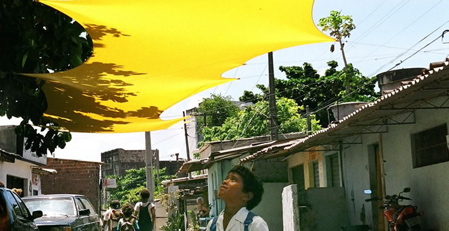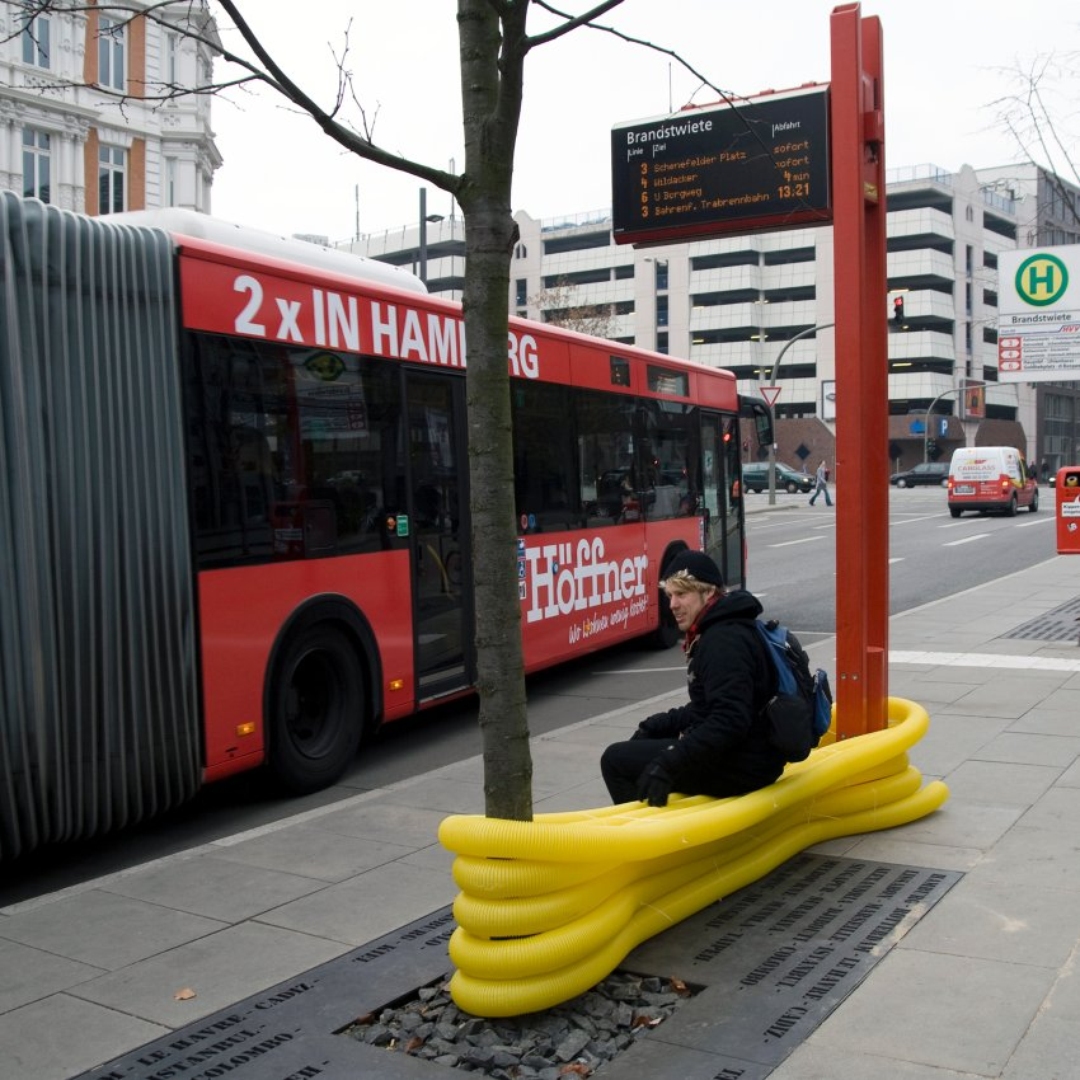Architecture’s relationship with economics in the past four or five decades has been tense. An entire subculture of the discipline, often known as the “Resistance Model,” formed with the explicit goal of holding strong against the forces of capitalism and consumerism. The architects that held to this model saw the economic (perhaps only financial) forces around them as degrading true value. But their approach to architecture was hardly what could be called active. Rather, it was negative (in the non-Adornian way); it sought to negate mainstream desires. In his famous 1982 debate with Christopher Alexander, Peter Eisenman asserted: “The role of art or architecture might just be to remind people that everything is not all right.”
These architects were, in many ways, reacting against the failures of modernism and feeling that the only way architecture could successfully contribute to society was to be merely architecture, nothing more. In the current architectural climate, a large portion of the discipline is reconsidering the effects that we know architecture has (on environment, socio-technic structures, and the like), and wondering what effects might be unforeseen.
In this context, what looks like architecture seeing itself as the answer, might actually just be architecture trying to not be the problem.
Departing from the views of Eisenman, much of current architecture seeks to fulfill mainstream desires, not negate them. Bjarke Ingels has built an entire firm (and concept) around popular culture and mainstream consumption. Others have looked for signifiers of community needs, rather than tracking economic consumption. This project by AA graduates provides shade in public spaces with a low investment of capital.
This project is also an example of another trend in architecture: dealing with infrastructure. It has become apparent in the last 15 years that urban infrastructure and transportation can be improved by adding the design perspective of architecture to its list of contributors. But this is not only a question of energy, environment, and efficiency. These infrastructures must also bend to the needs (whether practical or emotional) of their occupants, and the accumulating trends of their accompanying society. These benefits become financially tenable by ‘double-dipping.’ If infrastructure is going to be constructed anyway, it might as well serve a dual purpose as useful, enjoyable public space. Traditionally, infrastructure has not considered public comfort. In his project “Street Furniture,” Oliver Show added guerrilla-style public seating to Hamburg, highlighting the gaping hole in the infrastructure’s comfy-ness. This idea of dual-purpose can be taken one step further, with time-share. The winning project of the Audi Urban Future Award, Boswash: Shareway 2030 by Höweler + Yoon, envisions a city with transportation and infrastructure designed to time-share the space they occupy with activities and environments that increase public comfort and quality of life. If architecture is space for people, and infrastructure/transportation is space for efficiency, then time-share can help blur the distinction between them. Integration and design can allow them to complement one another fluidly, rather than get in each other’s way.
[Source for quote in paragraph 1: Peter Eisenman and Christopher Alexander, "Discord Over Harmony in Architecture: The Eisenman/Alexander Debate," GSD News 11, no. 5 (May-June 1983): 16-17.]



